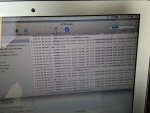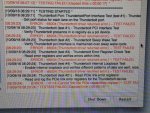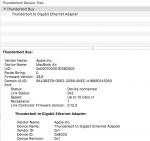smiba
New member
I don't have the Medusa 2 tool sadly, I've thought about purchasing one but I'm too busy with other work and life events to actively accept new repairs at the moment which makes it an expensive investment when I might only use it once. (If you have one, could you possibly clean the firmware.bin for me? Although honestly I doubt ME is the issue at the moment)
Intel's Image flash tool extracts the whole BIOS area which is 6.5MB big, this file contains the Fsys string and two $SVS strings.
Where would I need to edit the checksum values? Although honestly I might not care too much about the checksum because the >= OS X 10.12 installers will need to update this anyways so the bios supports APFS. (Which would presumably correct the checksum value?)
EDIT: Replaced the BIOS with one from a online dump, got upped from B21 firmware to B22, a few months newer. Same issue however
Intel's Image flash tool extracts the whole BIOS area which is 6.5MB big, this file contains the Fsys string and two $SVS strings.
Where would I need to edit the checksum values? Although honestly I might not care too much about the checksum because the >= OS X 10.12 installers will need to update this anyways so the bios supports APFS. (Which would presumably correct the checksum value?)
EDIT: Replaced the BIOS with one from a online dump, got upped from B21 firmware to B22, a few months newer. Same issue however
Last edited:





